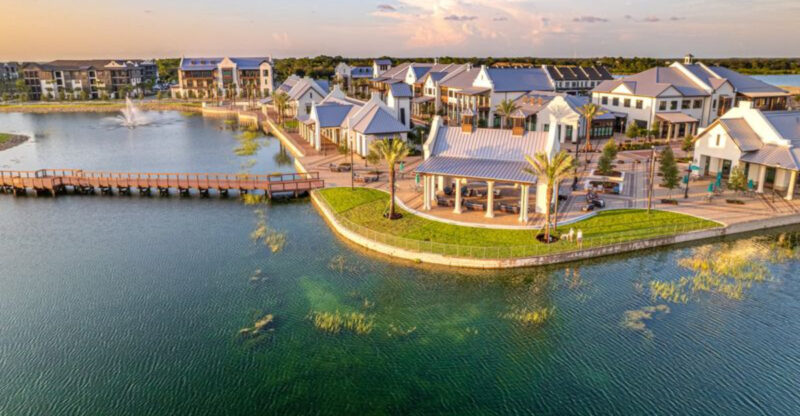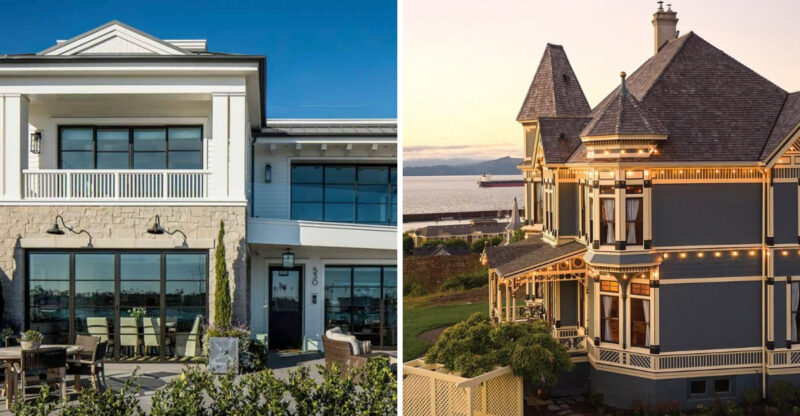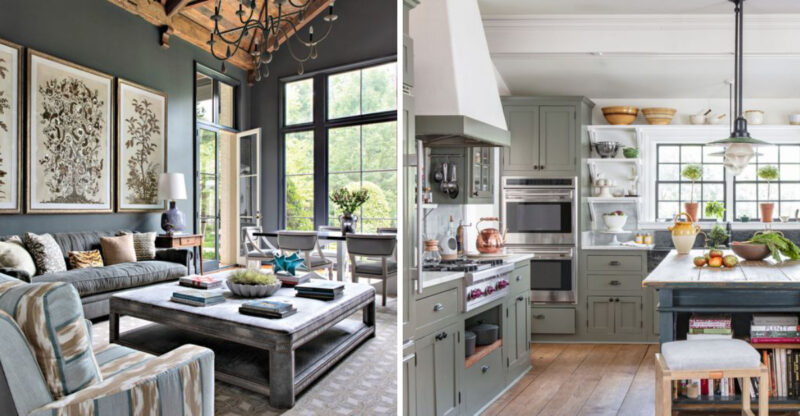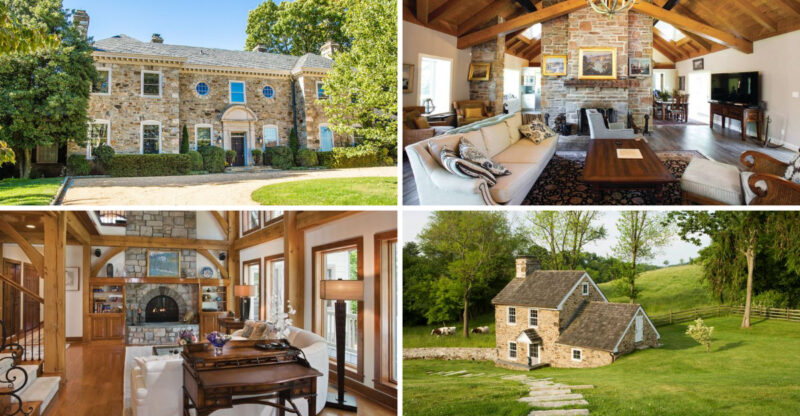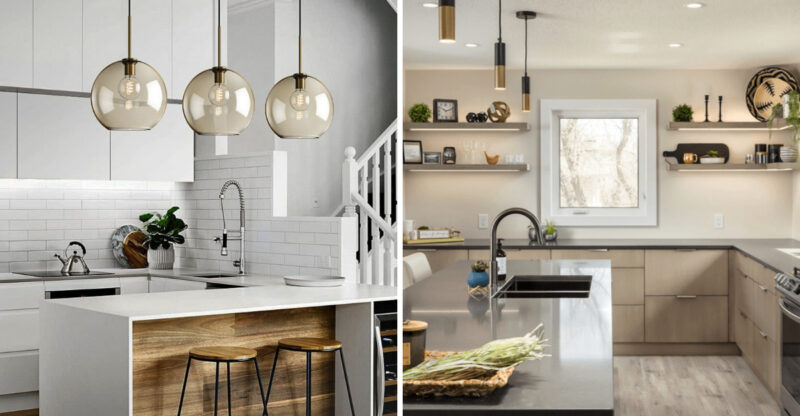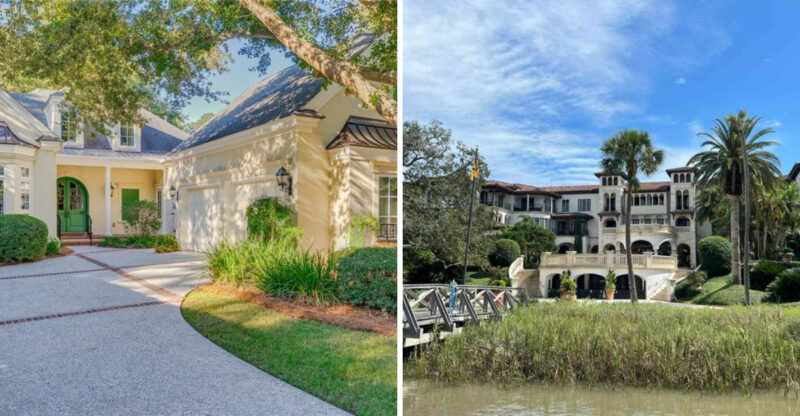11 Michigan Property Types Likely Headed For Price Cuts By 2026
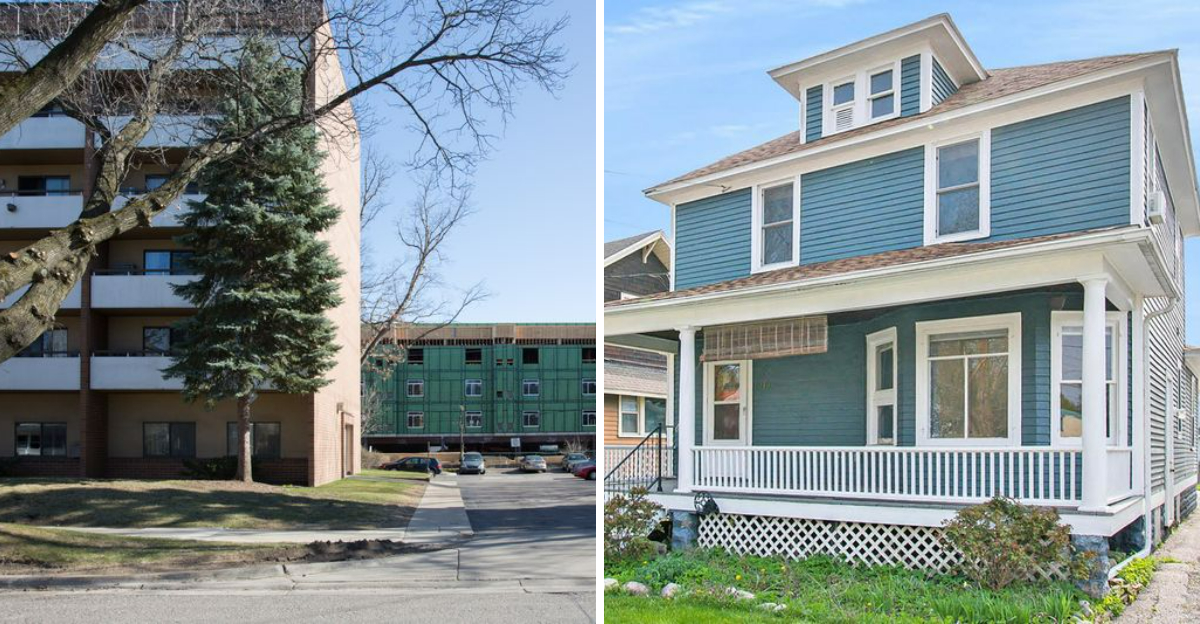
Michigan’s real estate market is shifting, and some property types might see lower prices in the coming years. Economic changes, buyer preferences, and market trends all play a role in determining which homes could drop in value.
Understanding these patterns helps you make smarter decisions whether you’re buying, selling, or investing in the Great Lakes State.
1. Oversized Suburban McMansions
Buyers today want practical spaces, not gigantic rooms they’ll never use. Those massive suburban homes with five bedrooms and formal dining rooms are becoming harder to sell.
Younger families prefer smaller, energy-efficient properties that cost less to heat during Michigan’s brutal winters. Maintenance expenses pile up quickly when you’re dealing with thousands of square feet.
I’ve noticed many of these homes sitting on the market longer than expected. The era of super-sized living is fading fast as people prioritize affordability over square footage.
2. Outdated Ranch Homes Without Updates
Ranch-style homes were wildly popular decades ago, but many haven’t been touched since the disco era. Original kitchens with avocado appliances and shag carpeting don’t appeal to modern buyers who expect move-in ready conditions.
Renovation costs scare people away, especially when similar homes nearby have already been updated. Banks often hesitate to approve loans for properties requiring extensive work.
Competition from newly renovated homes makes these fixer-uppers a tough sell. Expect price drops as sellers realize the market has moved on.
3. Remote Rural Properties Far From Cities
Living in the middle of nowhere sounds romantic until you need groceries or medical care. Properties located miles from major towns are losing appeal as remote work becomes less universal than it was during the pandemic.
Commuting costs and time add up quickly when you’re driving an hour each way. Internet connectivity remains spotty in many rural Michigan areas, making work-from-home arrangements challenging.
Families with kids worry about school access and social opportunities. Isolation that once seemed peaceful now feels impractical for most buyers.
4. Condos With High Association Fees
Monthly HOA fees that rival mortgage payments are driving buyers away from otherwise attractive condos. When you’re paying $500 or more each month just for association dues, the total housing cost becomes unaffordable for many households.
People question what they’re actually getting for that money, especially when amenities sit unused. Special assessments for building repairs add unexpected financial burdens that make ownership stressful.
Competing rentals often offer better value without the long-term commitment. Watch for price reductions as sellers struggle to justify these ongoing expenses.
5. Lakefront Properties With Erosion Issues
Owning waterfront property seems like a dream until the shoreline starts disappearing. Climate change and rising water levels are causing serious erosion along Michigan’s lakes, threatening homes and requiring expensive fixes.
Seawalls and erosion control systems cost tens of thousands of dollars, and there’s no guarantee they’ll work long-term. Insurance companies are getting pickier about covering properties with documented erosion risks.
Buyers are becoming more cautious about waterfront investments that might literally wash away. Properties with visible erosion will likely see significant price cuts.
6. Homes Near Closed Manufacturing Plants
Michigan’s industrial past left behind shuttered factories that cast shadows over nearby neighborhoods. Properties close to these abandoned facilities face stigma and practical concerns about contamination and declining area investment.
Job losses from plant closures mean fewer people need housing in these areas. Local businesses struggle, schools lose funding, and the whole community feels the economic impact.
Buyers worry about resale value when the neighborhood’s anchor employer is gone. Even beautiful homes in these zones will need price cuts to attract interest.
7. Investment Properties in Oversaturated Rental Markets
Too many landlords jumped into the rental market, and now vacancy rates are climbing in certain Michigan cities. When supply exceeds demand, rental income drops and property values follow suit.
Competition forces rent reductions, making it harder to cover mortgages and maintenance costs. College towns are especially vulnerable when enrollment numbers fluctuate or students choose off-campus housing less frequently.
Investors who overpaid during the boom years will face losses. Properties that made sense at 95% occupancy become money pits at 70% occupancy rates.
8. Luxury Homes in Declining School Districts
Wealthy families won’t pay premium prices for homes in areas where schools are struggling. Even gorgeous properties lose appeal when test scores drop and programs get cut due to budget problems.
Parents prioritize education above almost everything else when choosing where to live. A mansion in a failing district will always lose to a modest home in a top-rated school zone.
School performance directly impacts property values, and the connection is especially strong at the high end. Expect significant discounts on luxury homes where educational quality has declined.
9. Single-Family Homes Converted to Rentals
Neighborhoods full of rental conversions lose the community feel that attracts homebuyers. When investors buy up single-family homes and rent them out, the area’s character changes and property maintenance often suffers.
Owner-occupied homes typically look better than rentals because people take pride in their own property. Streets filled with rentals see more turnover, less investment in landscaping, and declining curb appeal.
Families seeking stable neighborhoods avoid areas dominated by rentals. Original homeowners wanting to sell will need to lower prices to compete.
10. Properties With Outdated Heating Systems
Michigan winters are no joke, and nobody wants to buy a home with a 30-year-old furnace that could die any minute. Replacing heating systems costs thousands of dollars, and buyers factor that expense into their offers.
Energy efficiency matters more than ever with rising utility costs. Old boilers and furnaces waste money every month while failing to keep homes comfortable during subzero temperatures.
Home inspectors flag aging heating equipment as a major concern. Sellers refusing to upgrade or adjust prices will watch their listings languish unsold.
11. Fixer-Uppers in Competitive Neighborhoods
Renovation projects sound fun on TV, but reality involves months of stress, budget overruns, and contractor headaches. Buyers in desirable neighborhoods would rather pay more for a finished home than deal with a fixer-upper nightmare.
Loan options for properties needing major work are limited and complicated. Most people can’t afford to buy a house and immediately sink $50,000 into repairs.
When move-in ready homes are available nearby, rough properties sit ignored. Sellers will need to slash prices significantly to attract the few buyers willing to tackle renovations.

